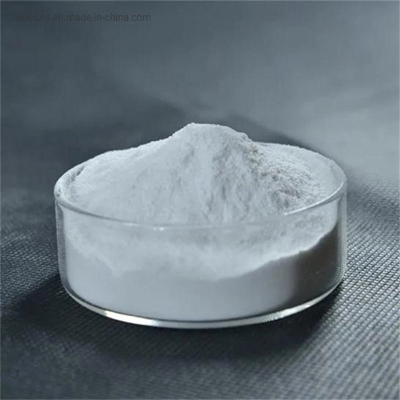-
Categories
-
Pharmaceutical Intermediates
-
Active Pharmaceutical Ingredients
-
Food Additives
- Industrial Coatings
- Agrochemicals
- Dyes and Pigments
- Surfactant
- Flavors and Fragrances
- Chemical Reagents
- Catalyst and Auxiliary
- Natural Products
- Inorganic Chemistry
-
Organic Chemistry
-
Biochemical Engineering
- Analytical Chemistry
- Cosmetic Ingredient
-
Pharmaceutical Intermediates
Promotion
ECHEMI Mall
Wholesale
Weekly Price
Exhibition
News
-
Trade Service
Experiment 14 Plant
Tissues
PrinciplePrinciple of Identification of Volatile Elements Plant Tissue contains a large number of C, H, O, N, and a certain amount of S. At high temperatures, these elements are often emitted in a gaseous state, and when a certain
-reagent
is encountered, a specific reaction occurs, thus identifying their presence. In this experiment, the following reactions occurred by dry distillation of gases produced by dry distillation of plant leaves through lead acetate, molybric hydroxide solution and Neith reagents: 1. pb(Ac)
2
H
2
S→PbS↓ 2HAc 2. Ba(OH)
2
CO
2
→BaCO
3
↓ H
2
O 3. 2K
2
(HgI
4
) 3NAaOH NH
3
→ NH
2
Hg
2
O 4KI 3 From these reactions
NaI 2H
Ocan identify the presence of H
2
S, CO
2
, and NH
3
to demonstrate the volatile elements contained in plant tissue.Instrument medicinetriangle
smoulator
round bottom burner glass tube rubber plug iron frame electric stove or gas lamp saturated Ba (OH)
2
solution lead paper:
filter paper
immersed in saturated lead acetate solution, remove and dry.reagent: take 17gHgCL
2
dissolved in 300ml distilled water and slowly poured into KI solution (35gKI dissolved in 200ml distilled water) until HgI is formed
the red
of 2 degrees is no longer dissolved, add 20% of the NaOH solution to 1000ml, and then add the HgCL
2
solution until the precipitation does not disappear. The solution should remain pale yellow and, if colorless, add HgCL
2
solution. Pour the matching reagents into a brown bottle and store them in a dark place. However, long-term placement, the sensitivity to ammonium ions is reduced.Step 1. 1. The measuring device is assembled according to Figure 3.2. Put 2-3g
dry
blades into the round-bottom flake, lead paper, Nye reagents and a moderate amount of saturated Ba (OH)
2
in A, B and C three triangular flakes, and be aware that the long glass tube in each triangular flake must be immersed in the reagent.3. The bottles are connected, and the electric furnace
heats
under the round-bottomed flake, the volatile substance produced by the dry distillation of the leaves turns the lead paper black-brown, the red-brown precipitation is generated by the Nai reagent, and the white precipitation is produced by Ba (OH)
2
. The condensation of water vapor can be seen in the inner wall of the burning bottleneck.4. Analysis and observation results to determine the volatile elements contained in plant tissue.






